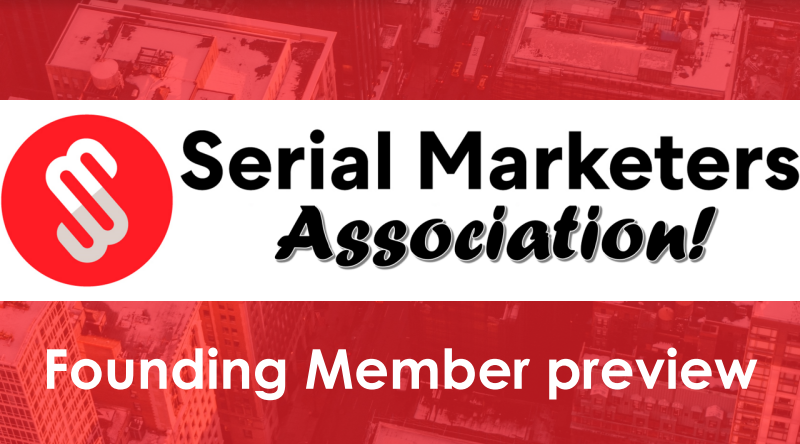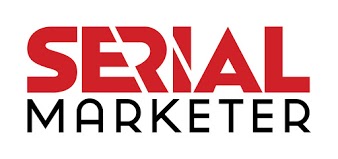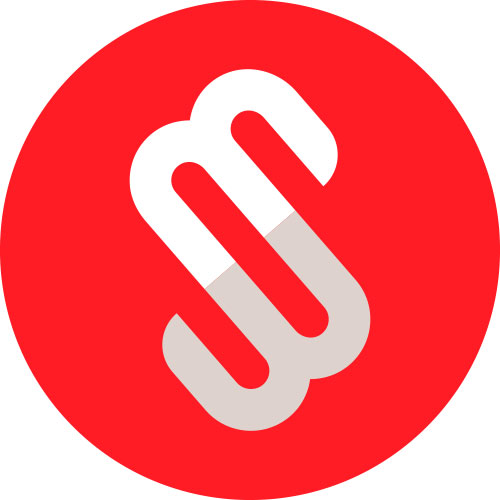Here's another byline that I&39;ve been delayed in posting. Like other bylines, I&39;ve included my original version below; the edition in Ad Age undoubtedly reads better, so you may want to skip ahead to that one instead.
 
FuelBand Won the Sprint, But Here’s How to Win the Wearable Marathon
By David Berkowitz
April 18 wasn’t just Good Friday this year. For many people working on the brand side, it will go down as one of the best Fridays ever. Nike just invented a new Hallmark holiday for marketers, and all they had to do was lay off some their wearable hardware team. While Nike later said it would keep supporting its FuelBand SE model and release new colors, Nike’s longterm commitment to tech hardware seems to be in doubt.
Marketers, how many times have you been in a meeting getting pitched from some agency creative or strategist trying to sell you on some outlandish idea, where the crux of the idea was, “Here’s how your brand can be more like Nike”? Sometimes it’s slide 3, and sometimes it’s slide 93, but it’s always there: that picture of the FuelBand all lit up daring your brand to be as forward-thinking as Nike.
You know what happened to those cutting edge Nike folks? The ones who were always making your brand look bad, assuming your brand isn’t Nike? Many are looking for their next gig.
This must be a come to Jesus moments for Nike. It invented the first household brand name in wearable technology before practically any layman knew what a wearable device was. Having a hot tech product these days for a company that earned $25 billion in revenue in 2013 doesn’t sound like such a bad idea when Facebook is willing to spend nearly $20 billion on a mobile app. Yet Nike couldn’t continue this indefinitely. FuelBand was designed to win the 400-meter dash, not the marathon.
To understand Nike’s challenge, check the Google Trends graph for FuelBand versus Fitbit. Especially interesting is what happened in January the past three years, during the Consumer Electronics Show. Around CES 2012, FuelBand interest spiked, almost keeping pace with the buzz starting to build around Fitbit. Come CES 2013, FuelBand searches were stagnating, while Fitbit was surging and had more than 3.5 times the FuelBand interest. Come CES 2014, Fuelband was cresting from the 2013 holiday season, yet FitBit now had 8 times as much interest. And Fitbit is just one of FuelBand’s competitors.
CES 2014 was a landmark event for another reason. One of the most important announcements there came from Tory Burch, which teased a new accessory collection for Fitbit Flex. Tory Burch is making the Fitbit more fashionable. Nike’s options are limited here, as it must support FuelBand over any other technology. If FuelBand can’t iterate and innovate as fast as other products, then Nike must attach its iconic swoosh to a losing player. Yet Nike is a brand that wants to find the next Tiger Woods or Michael Jordan, not the next Tim Tebow.
What may have tripped up Nike is its own mission statement, which says Nike is here “to bring inspiration and innovation to every athlete* in the world (*if you have a body, you are an athlete).” If Nike’s in the innovation business, and its target market is everyone, the FuelBand makes sense. The only way it seems that they could justify shuttering FuelBand is by saying it’s no longer innovative, but I’d argue some aspects of the FuelBand – especially in its design – are far more innovative than Fitbit Flex and other competitors.
What Nike ultimately had to accept is that while it says it’s in the innovation business, it’s mostly in the footwear and apparel business. Every brand grapples with this, where many have these lofty ideals, but consumers are more practical. People can get inspiration and innovation from a lot of brands, from Pope Francis to Google. People can only get those comfortable, well-engineered, swoosh-sporting sneakers from one source.
I’ve dealt with this internally too. During a brand positioning discussion for my agency, one colleague said how we should be in the business of changing the world. And I had to be the jerk who said, “That’s not what we do. We help corporations sell mouthwash, booze, and credit cards.” We have to be honest with ourselves about what business we’re in if we’re going to earn the trust of our customers.
And that, ultimately, is what brands can say to agencies who have been trying to come up with the next FuelBand. It’s the brand manager or CMO who needs to say, “Sorry, we’re not in the innovation business.” Stand up for the business you’re in. There’s no time to humor another agency creative who wishes they were in the business of changing the world.
&0160;







No Comments
Leave a comment Cancel